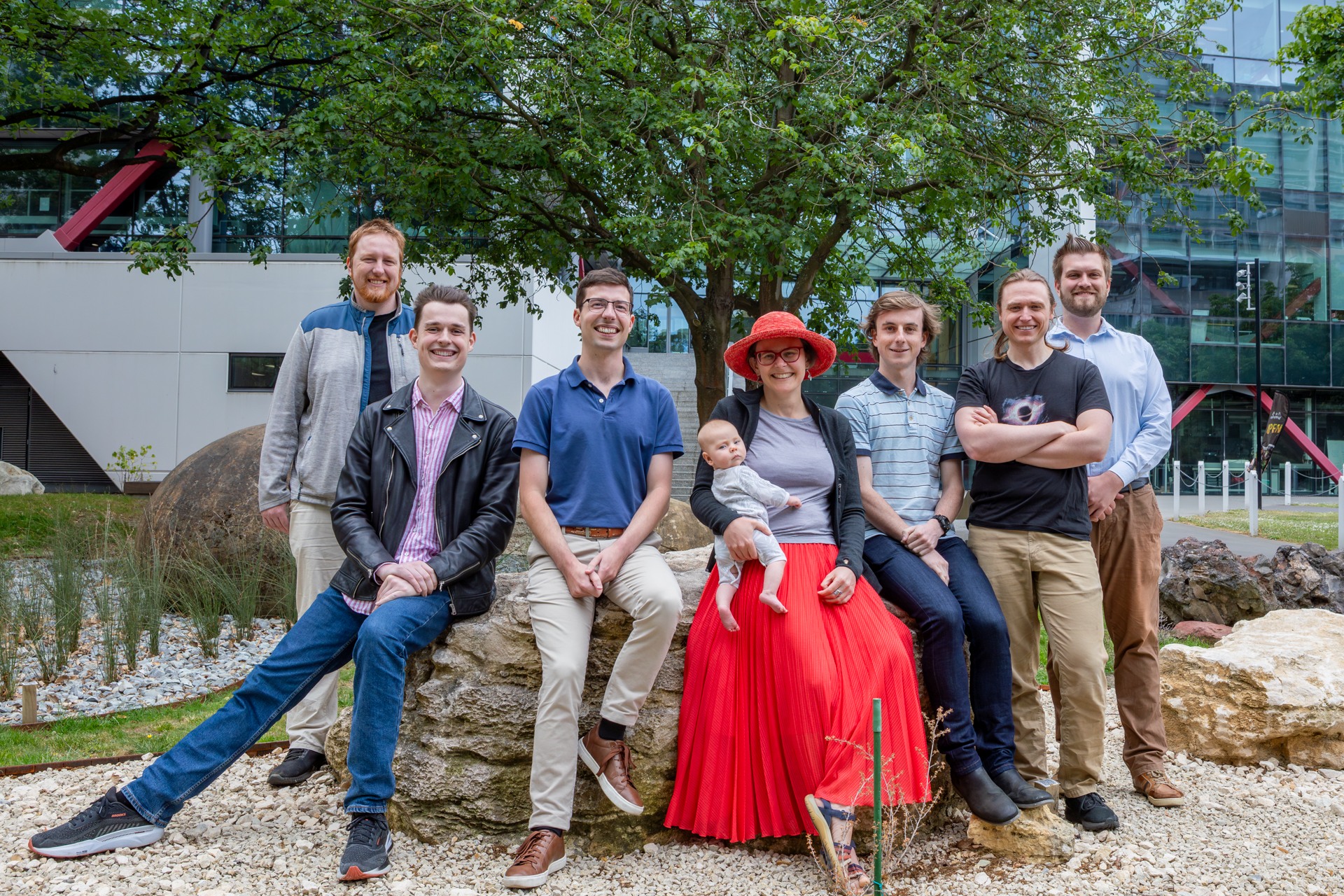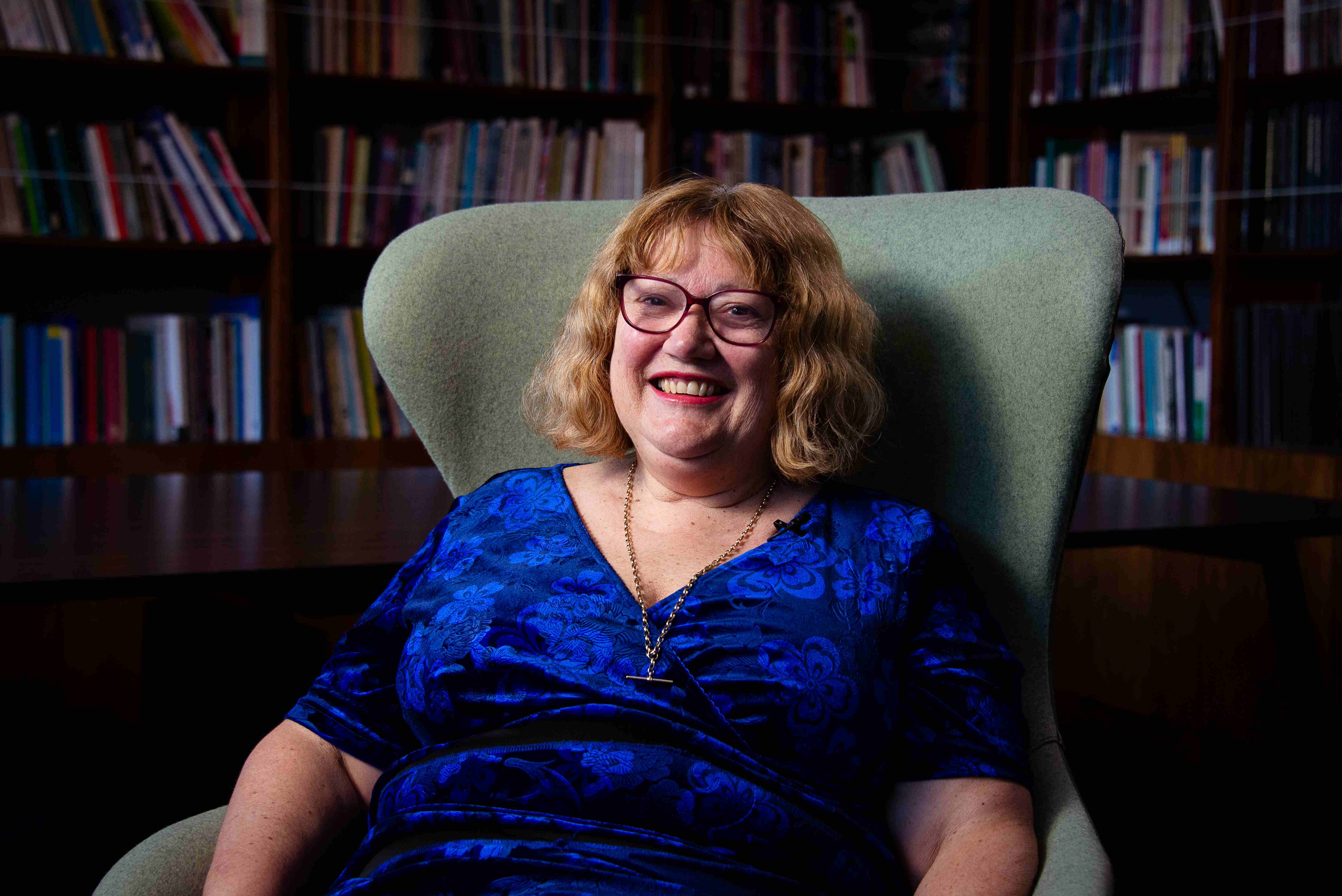While pollinator populations are declining globally, new Te Whare Wānanga o Waitaha | University of Canterbury research suggests that city gardens could be a key part of the solution.
PhD candidate Ava Taylor-Johnson studied pollinators at 14 community gardens across Ōtautahi Christchurch, exploring how garden size, plant diversity, and surrounding landscapes affect the bees and flies that keep our ecosystems flourishing.
“Pollinators are essential for food production and biodiversity, but they’re under threat worldwide,” Taylor-Johnson says. “What’s exciting about this research is that it shows how local action, in our own gardens and neighbourhoods, can make a real difference.”
Bees and flies are the world’s most important pollinators, yet they respond differently to urban life. Bees tend to thrive in cities, while flies are often more negatively affected by urbanisation.
Aotearoa New Zealand’s pollinators are unique. Alongside introduced honeybees and bumblebees, the country is home to 28 native bee species and a wide range of native and introduced fly pollinators. Unlike their European counterparts, Aotearoa New Zealand’s native bees are solitary, ground-nesting species, meaning they have very different habitat needs.
“Our native bees don’t live in hives,” Taylor-Johnson says. “They nest in the ground, often in sunny, bare patches of soil. Understanding what they need helps us design urban spaces that support them.”
As cities expand and climate change pressures farming systems, urban community gardens are becoming increasingly important, not only for fresh produce, but as critical pollinator habitats.
Taylor-Johnson’s research found that garden characteristics had the strongest influence on pollinator communities. Larger gardens with a greater diversity of flowering plants supported richer and more abundant populations of bees and flies.
“The message is simple,” she says. “If we want to support pollinators, we need to plant more diverse flowers and create larger gardens. The way we design and manage our gardens really matters.”
The findings highlight how city dwellers can contribute to conservation. For home gardeners, increasing the diversity of flowering plants is one of the most effective ways to attract pollinators. For new community gardens, both plant variety and overall size are key to sustaining vibrant pollinator populations.
Taylor-Johnson says the study wouldn’t have been possible without support from the Ōtautahi Christchurch community.
“I’m really grateful to all the community gardens who took part, from Addington Farm and Ōtakaro Orchard to Te Ngaki o Waiutuutu and Lyttelton Community Garden,” she says.
The research was funded by the Brian Mason Scientific and Technical Trust, the Food Transitions 2050 programme, and the Koiata Botanical Trust.
Taylor-Johnson hopes her findings will guide future conservation efforts tailored to New Zealand’s unique native species.











